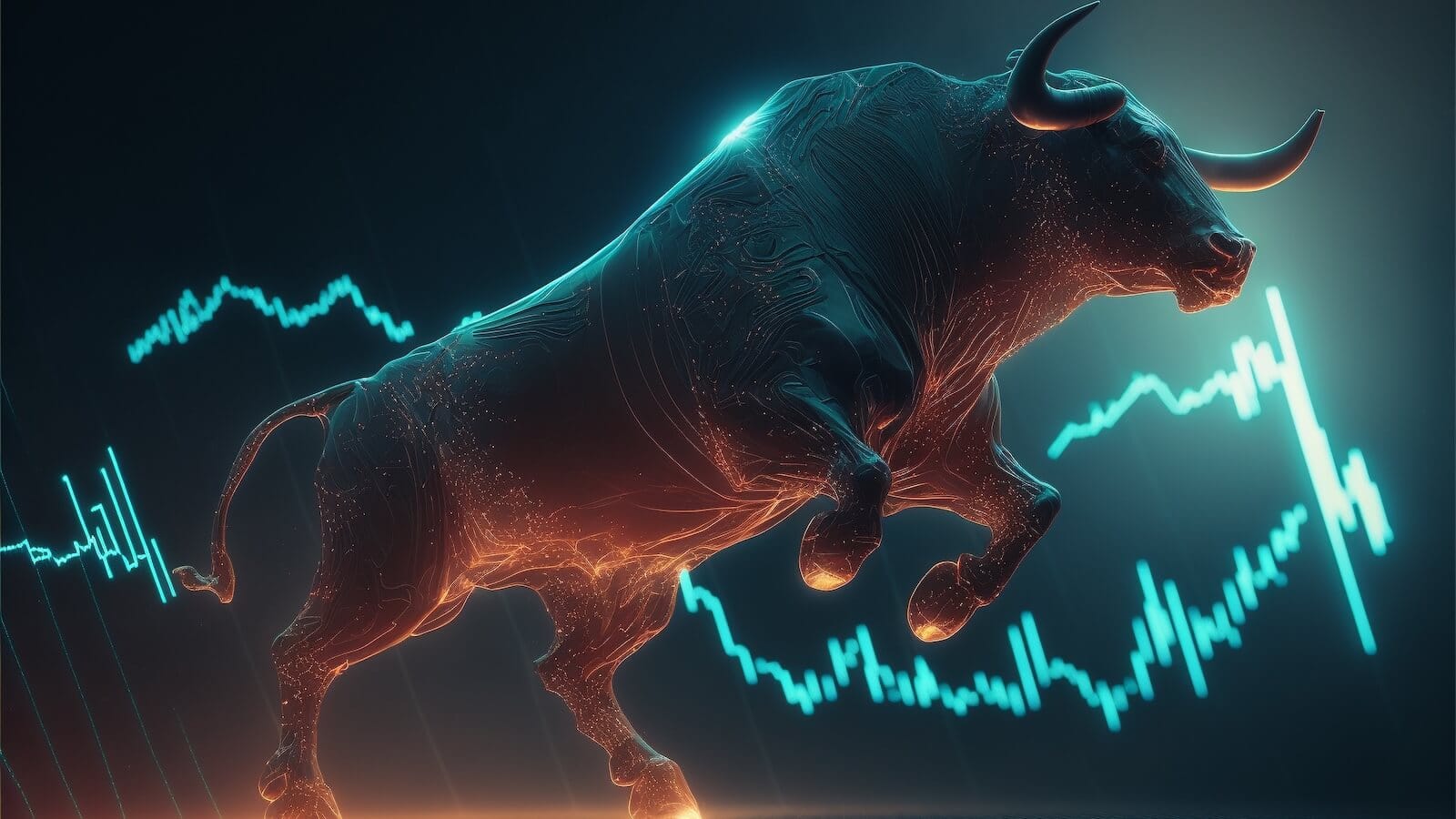SURGE IN SHANGHAI COMPOSITE LIFTS MATERIALS SECTOR -- COAL, STEEL AND MINING ETFS LEAD MARKET HIGHER -- BASE METALS AND COPPER ETFS BREAK RESISTANCE -- INTEL WEIGHS ON SEMIS WITH SUPPORT BREAK -- SMALL-CAPS AND MID-CAPS STEAL THE SHOW
SURGE IN SHANGHAI COMPOSITE LIFTS MATERIALS SECTOR... Link for todays video. Thursdays rally started in Europe, continued in the US and extended to Asia on Friday. In particular, the Shanghai Composite ($SSEC) surged over 3% with its biggest one-day move since January. Chart 1 shows the index moving above the May trend line today. Note that this is an end-of-day (EOD) index, which means it is officially updated after the close in the US. I drew a line to denote Fridays advance and close at 2127. Even though this surge is impressive, it is just one day and comes after a 52-week low. In other words, we need to see some follow through and a breakout at 2175 before taking it too seriously. A little relative strength would also be welcome.

(click to view a live version of this chart)
Chart 1

(click to view a live version of this chart)
Chart 2
Chart 2 shows the Basic Materials SPDR (XLB) surging above 36 on Thursday and continuing higher early Friday. The ETF has been zigzagging higher since mid May with a series of rising peaks and rising troughs. The early September low now marks the most recent trough and key support at 35. The indicator window shows MACD turning positive at the end of June and remaining positive. Momentum is clearly bullish as long as MACD holds above the zero line.
COAL, STEEL AND MINING ETFS LEAD MARKET HIGHER... The end of August was not nice to the Coal Vectors ETF (KOL), the Metals & Mining SPDR (XME) and the Steel ETF (SLX), but the beginning of September is turning out different. Chart 3 shows KOL breaking support at 22, but quickly rebounding to set a bear trap. The three day pattern looks like a morning doji star. Todays long candlestick reinforces the reversal and opens the door to a resistance challenge. Chart 4 shows XME with a bear trap in late July and a higher low at 40 in early September. With a surge the last two days, XME is challenging resistance from the July-August highs. The indicator window shows the price relative (XME:SPY ratio) forming a higher low this past week. This could signal a shift from underperforming to outperforming. Chart 5 shows SLX holding support in the 40-41 area for at least the third time since June and surging with two long white candlesticks. A break above resistance would confirm the rectangle bottom that is now taking shape.

(click to view a live version of this chart)
Chart 3

(click to view a live version of this chart)
Chart 4

(click to view a live version of this chart)
Chart 5
BASE METALS AND COPPER ETFS BREAK RESISTANCE... Industrial metals were severely lagging the stock market in August, but are playing a little catch up in September. Chart 6 shows the Base Metals ETF (DBB) trending lower from March to August and establishing support from late June to August. After a few months of stalling, the ETF surged above resistance with a big move the last four days. Copper is, of course, the king of the base metals with a PhD in economics. Chart 7 shows the Copper ETF (JJC) holding support in the 42 area and then breaking above resistance with a big move this week. Notice that copper and SPY are positively correlated. Relative weakness in copper was negative for the stock market in August, but the recent breakout just put copper on the same page as the stock market.

(click to view a live version of this chart)
Chart 6

(click to view a live version of this chart)
Chart 7
INTEL WEIGHS ON SEMIS WITH SUPPORT BREAK... Chart 8 shows Intel breaking below support with a sharp decline early Friday. I featured Intel last week as the stock tested support from a descending triangle. These are bearish continuation patterns that form as a consolidation after a decline. Intel declined sharply in May, consolidated from late May to late August and broke support this month. The stock is down over 3% after warning that revenues would be less than expected. With FedEx warning on Wednesday, this is the second warning from a major company this week. Keep in mind that the news is not what is important here. Instead, chartists are interested in the stocks reaction to the news. Right now we have bad news and a negative reaction, which is bearish. The support break confirms the descending triangle and signals a continuation of the May decline. The November-December lows mark the next support zone in the 22-22.50 area.

(click to view a live version of this chart)
Chart 8

(click to view a live version of this chart)
Chart 9
At 18.30%, Intel is by far the biggest component in the Market Vectors Semiconductor ETF (SMH). Chart 9 shows SMH breaking flag resistance with a long white candlestick on Thursday and then falling back below 33 on Friday. This sharp decline puts the flag breakout under pressure. The break above the upper trend line is holding for now, but further weakness below 32.50 would clearly negate this breakout.
SMALL-CAPS AND MID-CAPS STEAL THE SHOW... Small-caps and mid-caps have shown some serious relative strength since early August. These two lagged the broader market from February to July, almost six months. Relative weakness in these two preceded the spring peak in the S&P 500 and continued after the June bottom. In fact, continued relative weakness in June and July put a damper on the S&P 500 has it rallied in June-July. PerfChart 10 shows a performance shift since early August. The S&P 500 ETF (SPY) is up a respectable 3%, but the Russell 2000 ETF (IWM) and the S&P MidCap 400 SPDR (MDY) are both up over 5% and easily outperforming. Also notice that the Rydex S&P 500 Equal Weight ETF (RSP) is outperforming the market-capitalization weighed S&P 500 ETF (SPY). This is a victory for the little guys and a bullish sign for the market overall. Small-caps and mid-caps represent the risk-on part of the market that outperforms when investors are confident.

(click to view a live version of this chart)
Chart 10
S&P 500 EQUAL WEIGHT ETF CHALLENGES SPRING HIGHS... Chart 11 shows the S&P 500 Equal Weight ETF (RSP) surging towards its spring highs. The indicator window shows the price relative breaking above the trend line extending down from February. The indicator turned flat after this breakout and established resistance with the August high. A break above this high would signal further relative strength in RSP and promote the bullish case.

(click to view a live version of this chart)
Chart 11
Chart 12 shows the Russell 2000 ETF (IWM) surging towards its spring highs. With the latest surge, the late August lows and June trend line mark first support at 80. The bulls are in good shape as long as this support level holds. A failure near 84 and break below 80 would call for a reassessment of the current uptrend.

(click to view a live version of this chart)
Chart 12
The indicator window shows the IWM:SPY ratio trending lower since early February. There was a surge in mid June, but the indicator moved to a new low in late July. The indicator has been rising the last five weeks as IWM outperforms. More outperformance is needed to produce a trend line breakout. Chart 13 shows the S&P MidCap 400 SPDR (MDY) with similar characteristics.

(click to view a live version of this chart)
Chart 13
NET NEW HIGHS SURGE AS RALLY BROADENS... Last week I showed a chart of US New HighNew Lows ($USHL). Even though Net New Highs were positive, they were not keeping pace with the broader market because there were fewer Net New Highs than in early July. This changed with Thursdays sharp advance as Nasdaq Net New Highs ($NYHL) surged to their highest level since early July and NYSE Net New Highs ($NYHL) surged to their highest level in over a year. Chart 14 shows the Nasdaq Net New Highs ratio moving above 6% with a big surge this week. This ratio is simply net new highs divided by total issues. Chart 15 shows NYSE Net New Highs surging above 14% and hitting its highest level of the year. Again, this suggests that participation in the current advance is broadening, which is a bullish sign overall.

(click to view a live version of this chart)
Chart 14











